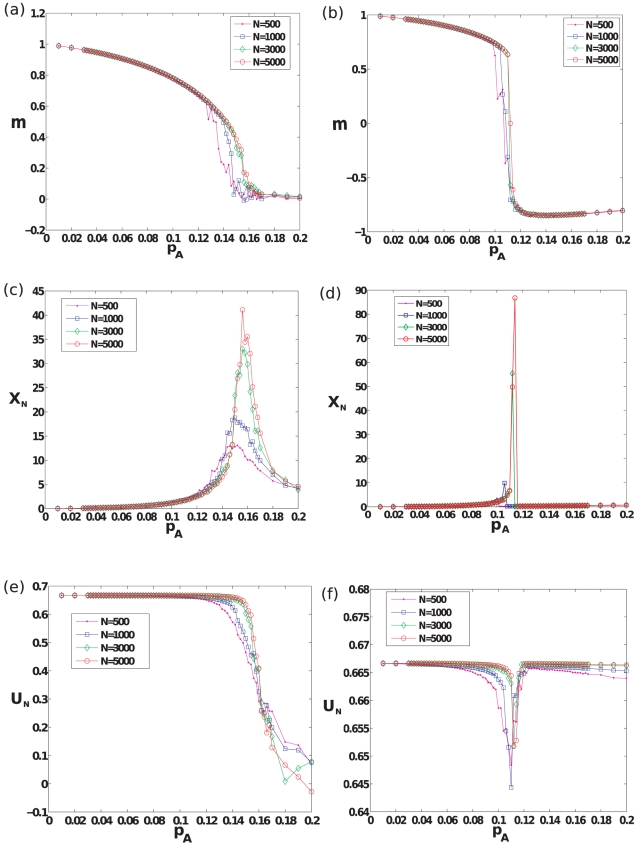Figure 2. Behavior of typical order parameters as a function of linear trajectories of slope
 that pass through the origin, in parameter space for a complete graph.
that pass through the origin, in parameter space for a complete graph.
(a)–(b) Steady-state magnetization  defined in the text, for successive
defined in the text, for successive  pairs along lines of slope
pairs along lines of slope  and
and  respectively that pass through the origin. The
respectively that pass through the origin. The  line in parameter space passes through the cusp point and gives rise to a second-order phase transition, while the
line in parameter space passes through the cusp point and gives rise to a second-order phase transition, while the  line passes through a point on the (right) bifurcation line giving rise to a first-order phase transition. Here
line passes through a point on the (right) bifurcation line giving rise to a first-order phase transition. Here  realizations of social influence dynamics were performed for each
realizations of social influence dynamics were performed for each  pair, starting from the initial condition
pair, starting from the initial condition  , and the magnetization was measured conditioned on the system remaining in the steady state that it initially converged to. (c)–(d) Binder cumulant
, and the magnetization was measured conditioned on the system remaining in the steady state that it initially converged to. (c)–(d) Binder cumulant  defined in the text for successive
defined in the text for successive  pairs along lines of slope
pairs along lines of slope  and
and  respectively, that pass through the origin. (e)–(f) Scaled variance,
respectively, that pass through the origin. (e)–(f) Scaled variance,  , defined in the text for successive
, defined in the text for successive  pairs along lines of slope
pairs along lines of slope  and
and  respectively, that pass through the origin. Data for (c),(d),(e) and (f) were generated from
respectively, that pass through the origin. Data for (c),(d),(e) and (f) were generated from  realizations of the social influence dynamics, per
realizations of the social influence dynamics, per  pair, for each of two initial conditions:
pair, for each of two initial conditions:  and
and  .
.

